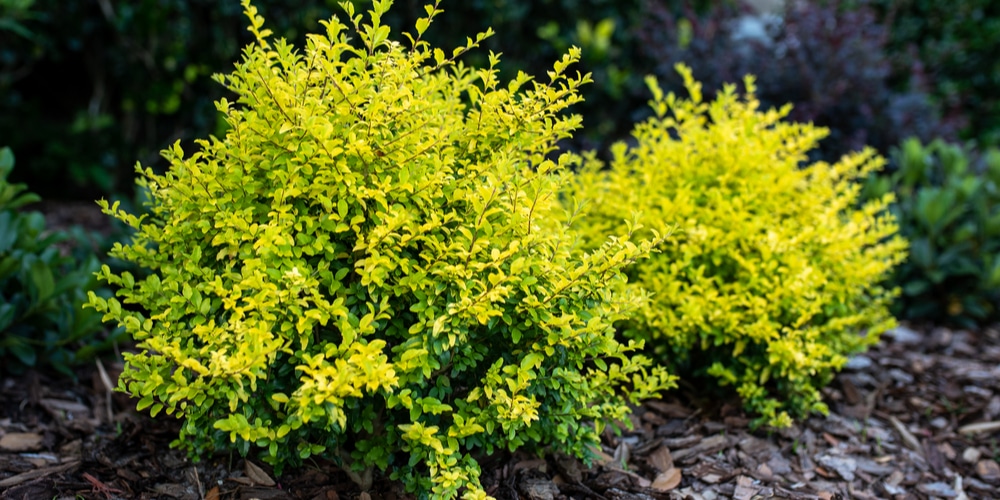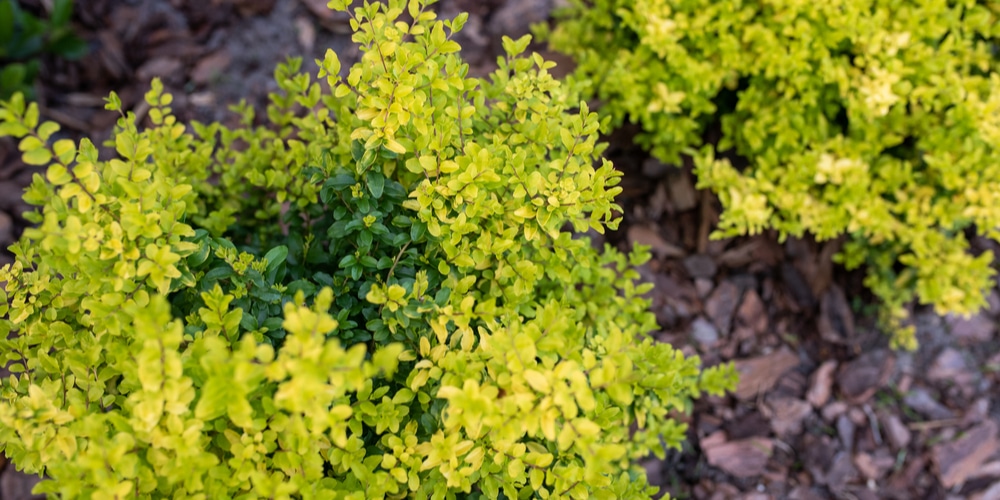Pruning thickets of Ligustrum is a daunting task for even the most experienced gardener. This tough, fast-growing shrub can reach heights of 20 feet or more, making it difficult to manage without the proper tools and technique.
What Is Ligustrum?
If you’re searching for a plant that will give you privacy in a hurry, Ligustrum is a good option. It’s one of the fastest-growing evergreen shrubs. Plant it as a hedge or foundation planting, or use it to add greenery to an urban garden. It is also tolerant of salt spray and pollution, making it a good choice for coastal gardens.
Ligustrum’s dense growth habit makes it popular for privacy screens. It displays white flowers and grows fruit that birds love.
Ligustrum is resistant to most pests, diseases, deer, drought, and heat. Aphids and scale can cause issues; however, horticultural oil can work as a preventative measure. Ligustrum is also susceptible to fungus, such as powdery mildew, which you can control with a fungicide.
Pruning Ligustrum
Ligustrum is generally a low-maintenance plant, but you must prune it regularly to maintain its shape and size. You can prune Ligustrum any time of year, but the best time to do it is in late winter or early spring. This will let the plant recover from its pruning before the growing season begins.
To prune Ligustrum:
- Start by removing dead branches.
- Cut back any overgrown branches to the desired length.
- Thin the plant by eliminating branches rubbing against each other or growing inwards.
Also, Ligustrum can be pruned into a topiary shape if desired. To do this, start by trimming the plant into a cylinder or cone shape. Then, use hand-held shears to create a more detailed design.
Consider these issues when pruning Ligustrum:
- Avoid pruning the plant too severely, as this can damage it.
- Second, use sharp pruning tools to avoid damaging the plant.
- Be aware that Ligustrum is a fast-growing plant, so you must prune it more often than slower-growing plants.
Electric hedge trimmers are the best tool for pruning ligustrum. They’re fast, efficient, and make short work of even the densest growth. However, you can also use manual hedge trimmers or shears.
Rejuvenation Pruning
Rejuvenation pruning is a type of pruning that stimulates new growth in a plant. You can do this by pruning Ligustrum back to 12-18 inches from the ground. This will cause the plant to produce new shoots, giving it a fuller look.
Rejuvenation pruning should only occur every 3-5 years, as it can be stressful for the plant. It is best to do rejuvenation pruning in early spring. The plant will have time to recover before the growing season begins.
Is Ligustrum Invasive?
Some naturalists are against planting Ligustrum trees because it is considered invasive in some areas. The plant proliferates and can overtake forested areas, so it’s essential to be aware of its potential before planting it.
Ligustrum discourages pollinators. An area overrun with this plant will drive bees away. This happens because dense Ligustrum clusters block sunlight from reaching the ground where many flowering plants would grow.
Birds eat the fruit from the plant and disperse the seeds far beyond where people intended the plant to be grown. The plant is designated as an invasive species in North America because of how well it has spread via birds.
Ligustrum is hard to eradicate once established, so be sure you want it before planting it. If you decide to produce it, ensure regular maintenance and prune it regularly to keep it under control.

